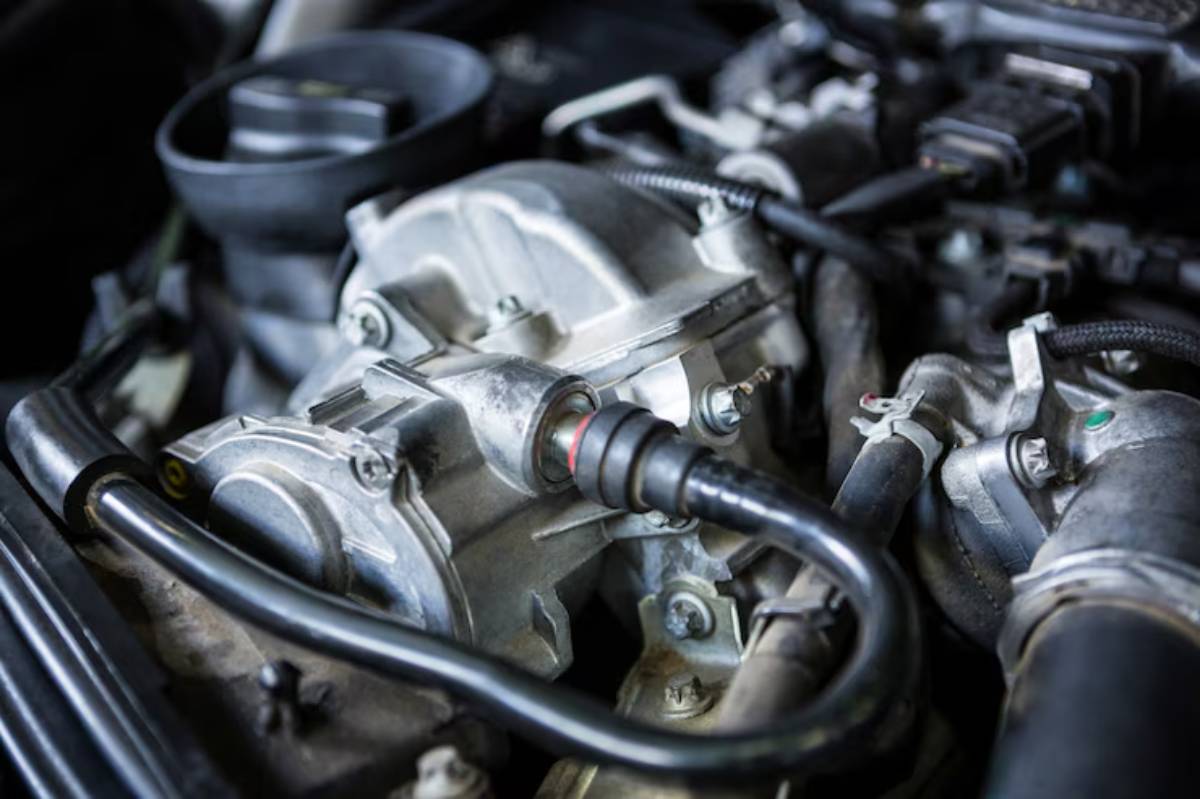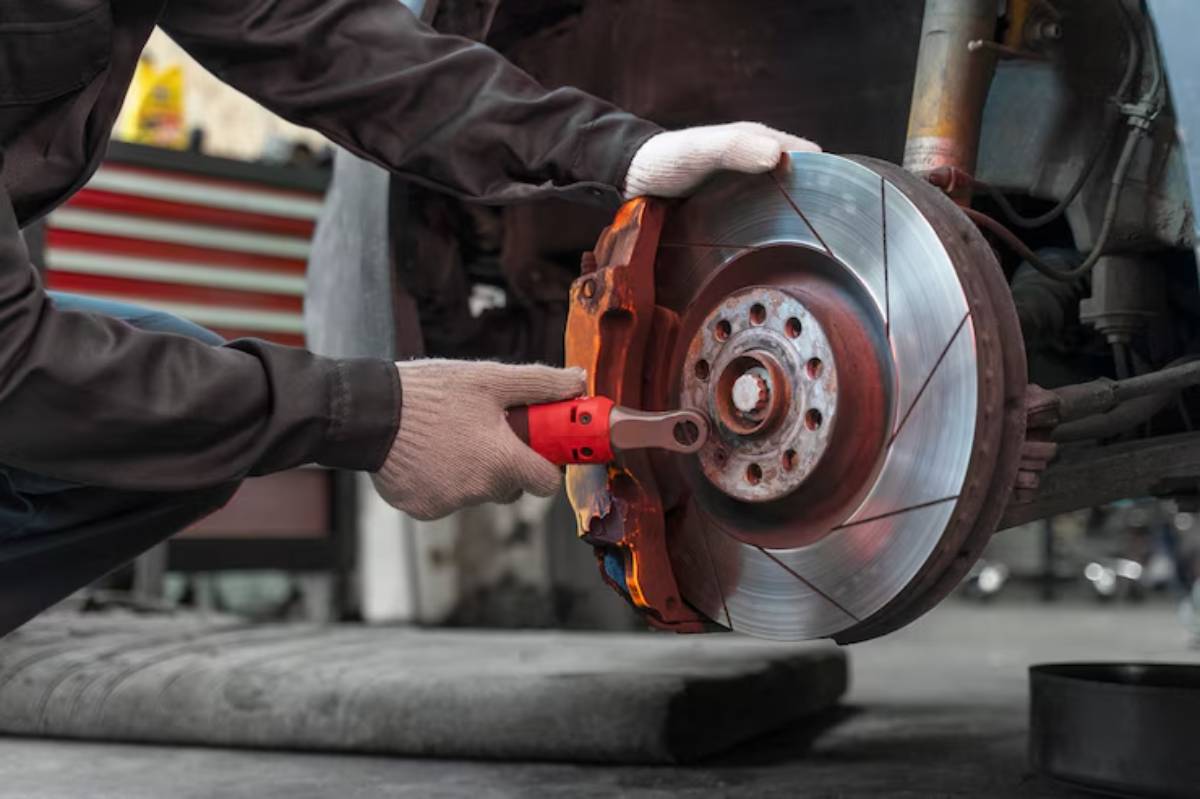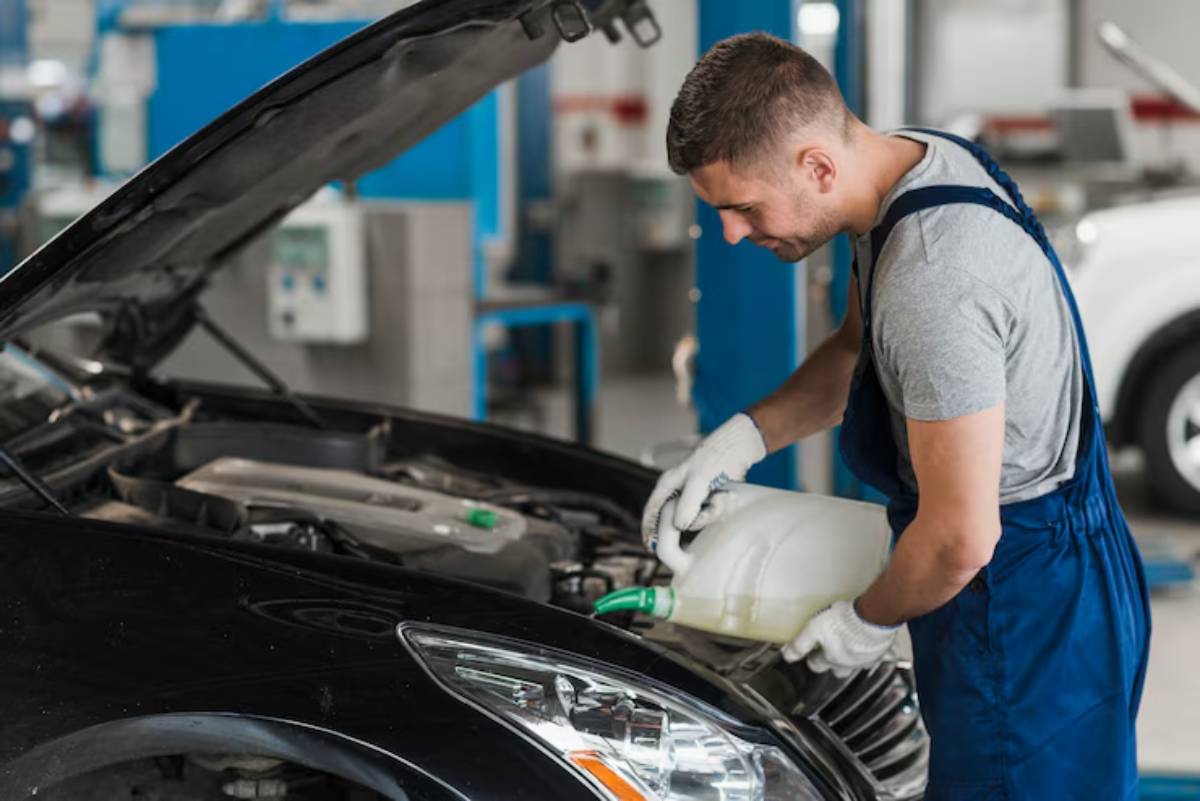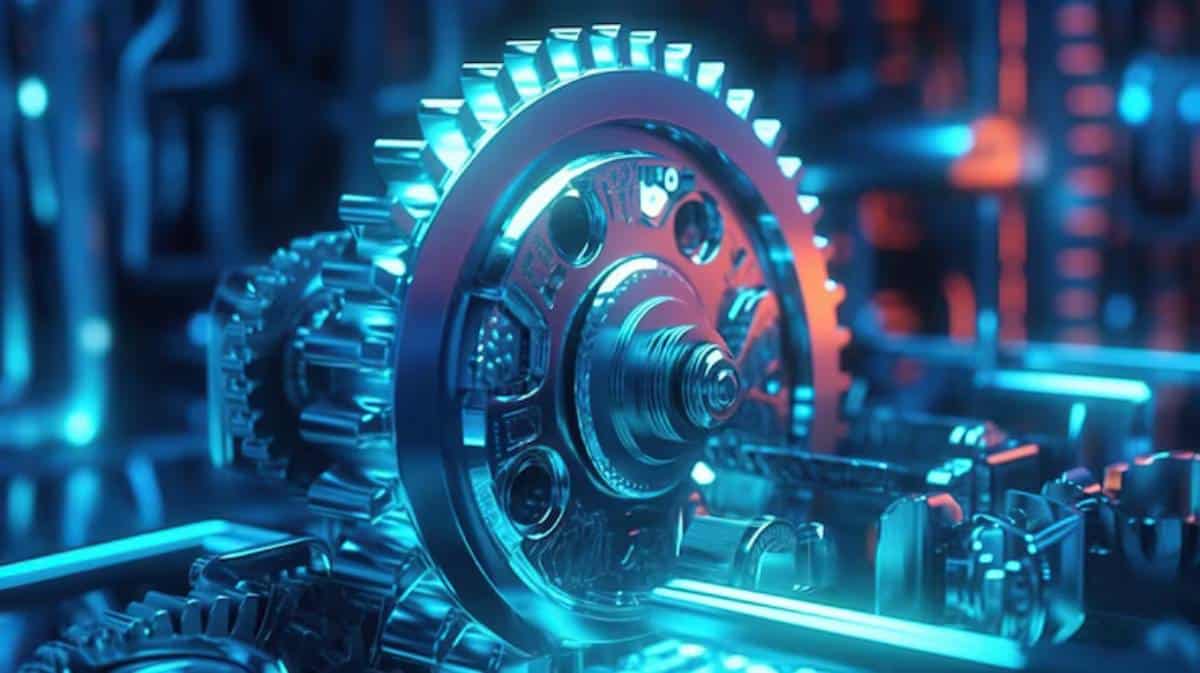
How Hybrid Transmissions Differ from Gas Cars
You’ve probably heard that hybrid cars are smoother, quieter, and more efficient than their petrol counterparts — but have you ever wondered why? The secret sauce lies in the transmission.
When people compare a hybrid vs a gas car, the engine and battery usually steal the spotlight. But the transmission system is just as crucial to how your car performs, and hybrids have a radically different setup under the hood.
Traditional vehicles rely on fixed-gear or continuously variable transmissions (CVTs) to shift power from the engine to the wheels. Hybrids, on the other hand, often use an eCVT hybrid system — a marvel of engineering that works in tandem with electric motors to deliver seamless acceleration and intelligent energy use.
In this guide, the hybrid transmission is explained clearly and digestibly. You’ll discover how it works, how it differs from what you’re used to, and what it means for fuel efficiency, maintenance, and everyday driving.
Understanding Traditional Gas Car Transmissions
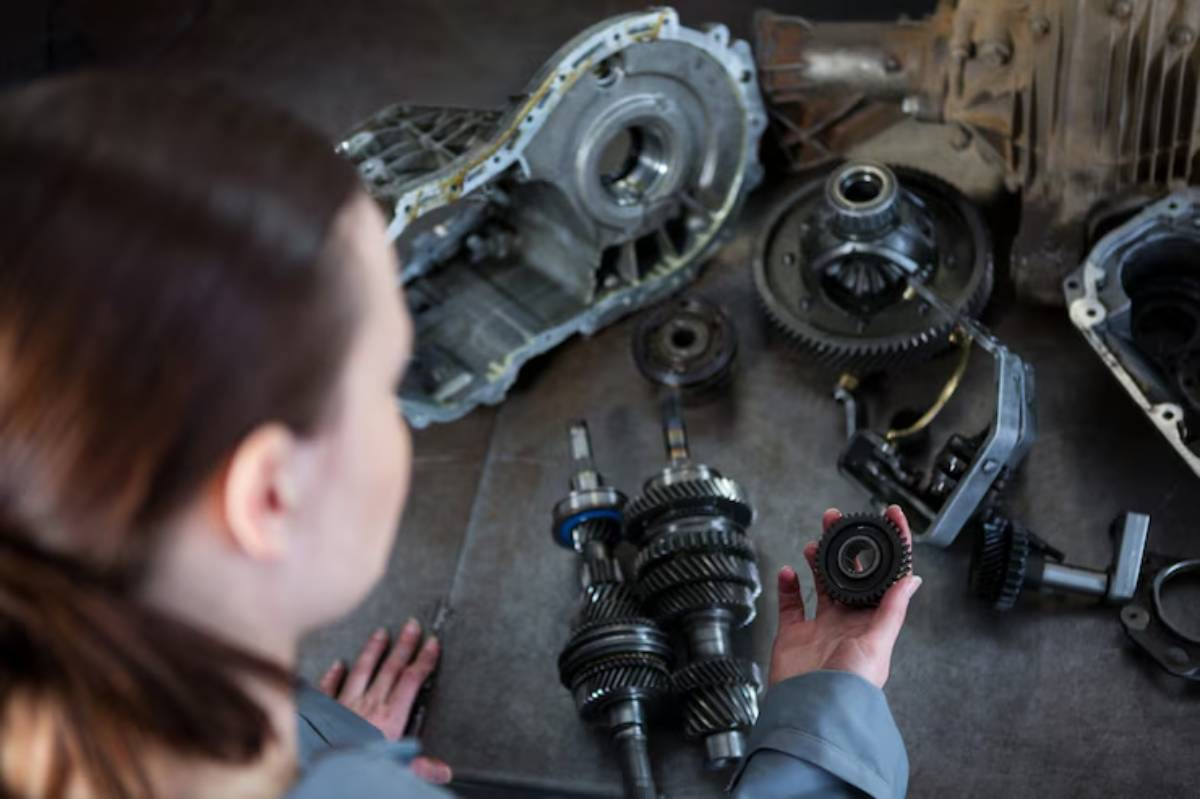
To appreciate what makes hybrid transmissions special, let’s quickly break down the familiar.
Manual Transmissions
- The driver changes gears manually using a clutch and gearstick
- Offers control but demands more effort
Automatic Transmissions
- Uses hydraulic systems and planetary gears to change gears for you
- Common in most modern petrol/diesel vehicles
Traditional CVTs (Continuously Variable Transmissions)
- No gears at all — instead, a belt and pulley system adjusts seamlessly to driving conditions
- Delivers smooth acceleration but sometimes feels “rubbery” or disconnected
These systems are all designed to match engine speed (RPM) to wheel speed for efficient power delivery.
Hybrid Transmission Explained: A New Approach to Power
What Is an eCVT Hybrid System?
Many hybrid cars — including the Toyota Prius, Honda Accord Hybrid, and Ford Escape Hybrid — use an electronic continuously variable transmission (eCVT).
But don’t let the name fool you — an eCVT isn’t just a fancier version of a standard CVT.
Here’s how it works:
- Instead of belts and pulleys, it uses planetary gearsets, electric motors, and a power-split device
- It blends power from the petrol engine and electric motor(s) seamlessly
- You won’t feel “shifting” like in a traditional car — the system adjusts continuously in real-time
In simple terms, it’s a digital brain controlling how and when to use electric or fuel power, with no physical gears to shift.
Key Differences: Hybrid Transmission vs Gas Car
1. No Gear Shifting Sensation
In gas cars, you feel the car moving through gears — even in automatics. In hybrids with eCVTs, you don’t.
Why?
The system constantly adjusts power ratios between the engine and the electric motor. There’s no mechanical “gear” to move through — just an ever-optimised balance.
Driving Experience:
Smooth, uninterrupted acceleration. Some drivers find it strange at first, especially those used to the “kick” of gear changes.
2. Dual Power Sources, Single Output
Unlike petrol cars that rely solely on the internal combustion engine, hybrids combine:
- A combustion engine
- One or more electric motors
- A transmission system that decides where the power comes from, or how it blends both
The transmission must manage both inputs simultaneously, ensuring:
- Regenerative braking works
- The engine assists only when needed
- Electric-only driving is prioritised when possible
This makes hybrids extremely efficient in urban settings and stop-start traffic.
3. Regenerative Braking Integration
In gas cars, braking relies purely on friction. In hybrids, regenerative braking feeds kinetic energy back into the battery.
Transmission’s Role:
It helps modulate the deceleration, determining how much energy is recaptured through the motor-generator and how much needs to be handled by friction brakes.
To learn more about this, read How Regenerative Braking Works in Hybrids.
4. Simplified Mechanics, Complex Electronics
Hybrid transmissions often have fewer moving parts than traditional automatics.
No:
- Torque converters
- Clutches (in many systems)
- Complex gearsets
But you do have:
- Power electronics
- High-voltage connectors
- Inverter control systems
This means fewer mechanical failures, but a greater need for specialised servicing and diagnostics.
Benefits of eCVT Hybrid Transmissions
1. Superior Fuel Efficiency
Since the system constantly seeks the optimal balance between engine and motor, it minimises fuel consumption, especially in urban environments.
2. Fewer Moving Parts = Lower Maintenance
There are no gears to shift, fewer fluids to replace, and reduced wear and tear on clutches or torque converters.
3. Enhanced Driving Comfort
- No gear “lurching” or hesitations
- Instant torque delivery from electric motors
- Whisper-quiet operation at low speeds
4. Adaptive Performance
Whether you’re climbing a hill or coasting downhill, the eCVT adapts fluidly without needing a gear change.
Common Myths About Hybrid Transmissions
Myth 1: Hybrids Don’t Have Transmissions
False. Hybrids do have transmissions — just not in the traditional sense. The eCVT serves the same purpose but does so using a completely different mechanism.
Myth 2: eCVTs Are the Same as CVTs
This is also false. Traditional CVTs use belts, while eCVTs use electric motor control and planetary gear sets to manage power flow.
Myth 3: They’re Expensive to Repair
While replacement can be costly, failures are rare, and the lack of wear-prone components often means fewer issues over time.
What It’s Like to Drive a Hybrid with eCVT
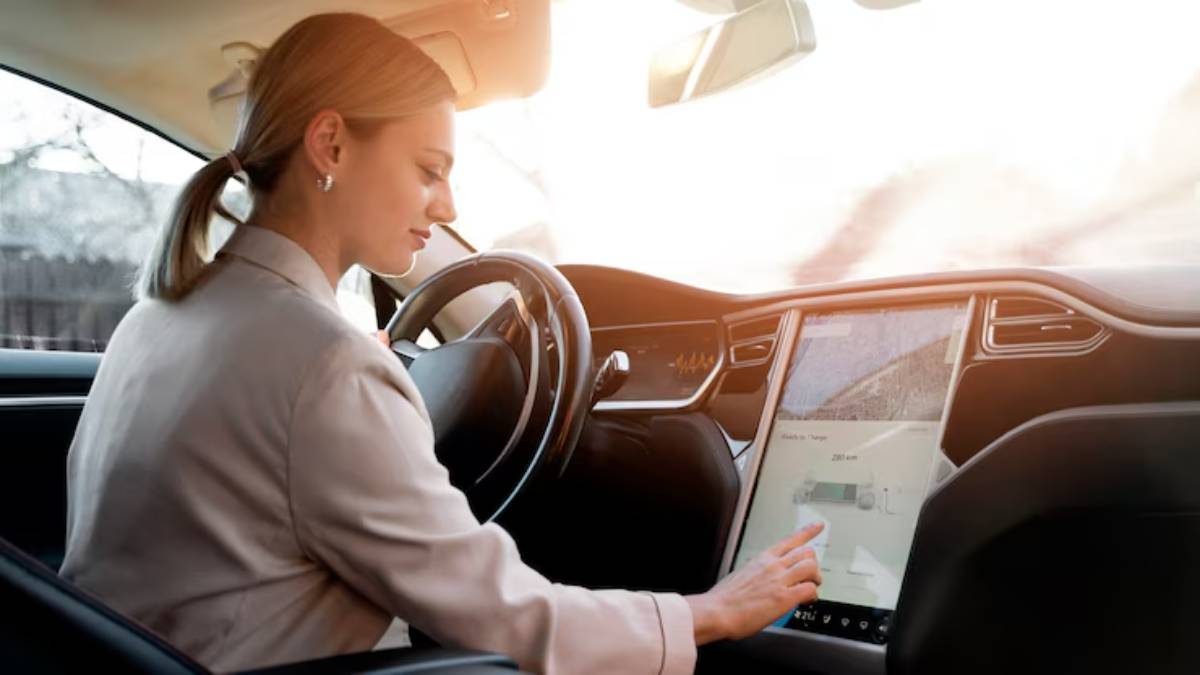
Let’s bring it to life with a relatable example.
Imagine this:
You’re in a Toyota Corolla Hybrid. You press the accelerator, and the car moves off almost silently using the electric motor. As you increase speed, the petrol engine kicks in smoothly — there’s no gear change, no sound spike, no delay.
You lift your foot approaching a red light. Instantly, regenerative braking kicks in. Energy is captured and stored. The transmission adjusts itself to maximise this — no input from you needed.
It’s seamless, clever, and incredibly efficient — a very different feel to the mechanical clunk of gear shifts in a conventional petrol car.
Do Hybrid Transmissions Require Special Maintenance?
The good news: not much.
What You Should Do:
- Change transmission fluid as per your hybrid’s schedule (usually every 60,000–100,000 km)
- Get software updates when recommended
- Have periodic checks for:
- High-voltage wiring
- Cooling systems
- Inverter condition
What You Don’t Need:
- Clutch replacements (unless it’s a dual-clutch hybrid)
- The gearbox flushes every 30k
- Torque converter maintenance
Check your owner’s manual or service advisor for model-specific guidelines.
For a full maintenance timeline, you can also explore our blog on How Often Should You Service a Hybrid Engine.
Which Hybrids Use eCVT Systems?
Most full hybrids today use some form of eCVT. These include:
- Toyota Prius, Corolla, Camry Hybrid
- Honda CR-V and Accord Hybrid (uses eCVT with clutch-assisted direct drive)
- Ford Escape and Maverick Hybrid
- Hyundai Ioniq Hybrid
- Lexus UX, RX, and NX hybrids
Plug-in hybrids (PHEVs) often use the same or slightly modified eCVT configurations.
Conclusion: A Smarter Way to Shift — Without the Shifting
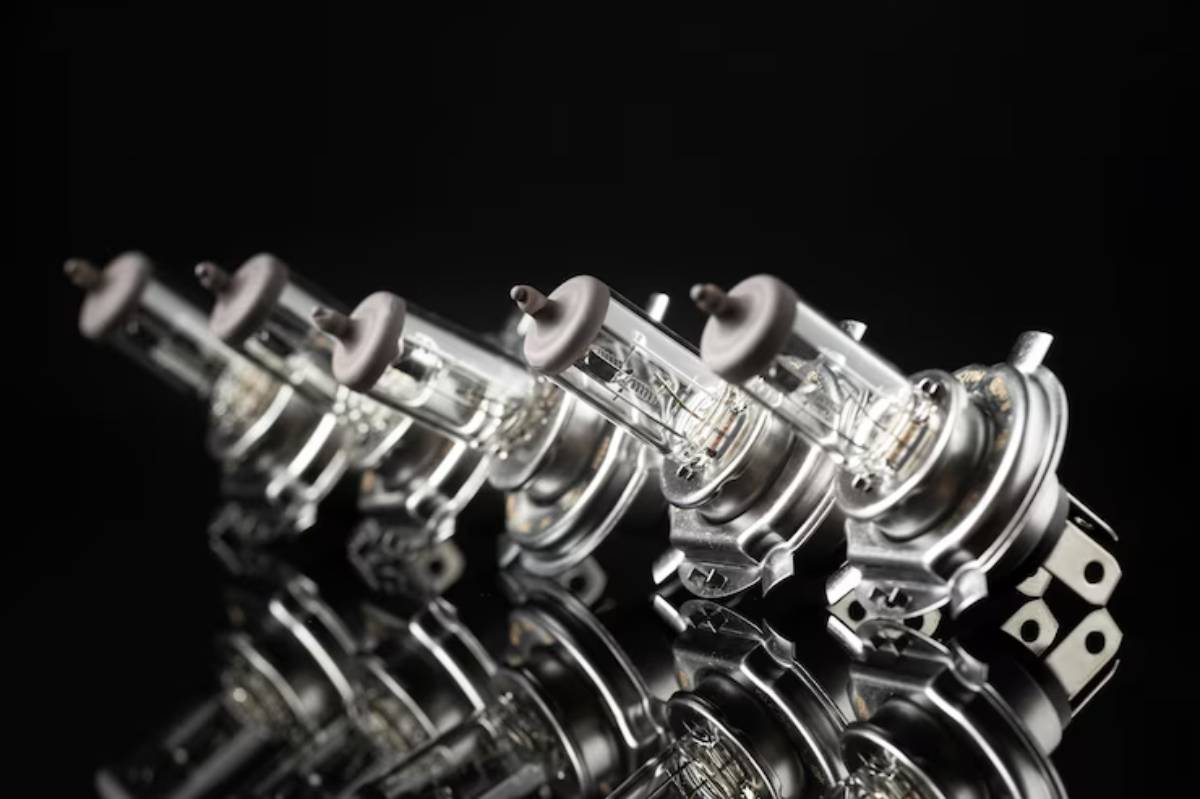
Your hybrid’s transmission might not behave like your old petrol car’s — and that’s a good thing. From smoother driving and better fuel economy to lower mechanical stress and advanced energy control, the eCVT hybrid system offers real-world advantages tailored to modern driving.
Understanding the difference between a hybrid transmission vs a gas car setup empowers you to drive more mindfully, maintain your vehicle wisely, and appreciate the tech under your bonnet.
Here’s your next step:
- Pay attention to how your hybrid transitions between electric and petrol modes
- Stick to recommended fluid changes and inspections
- Share this post with anyone curious about switching to a hybrid
